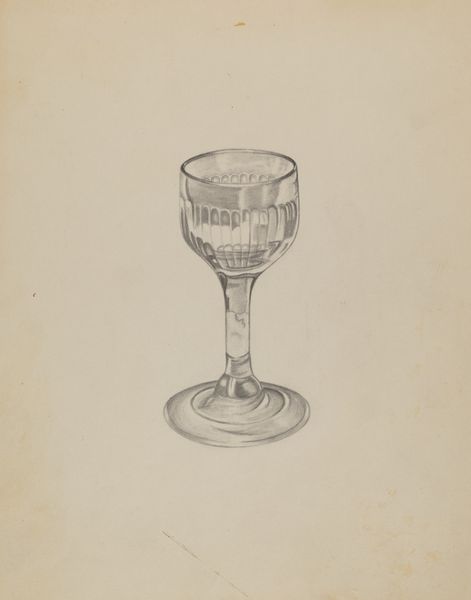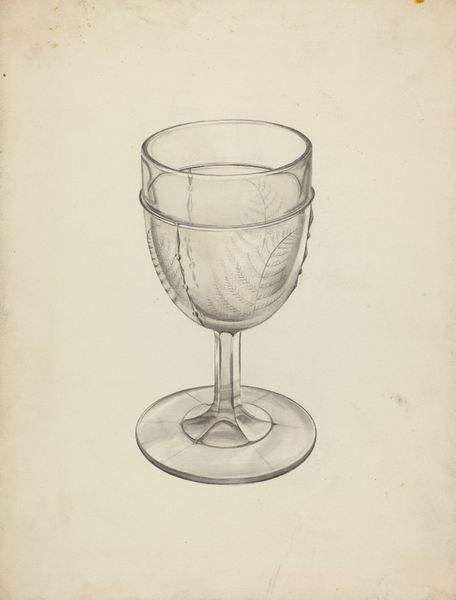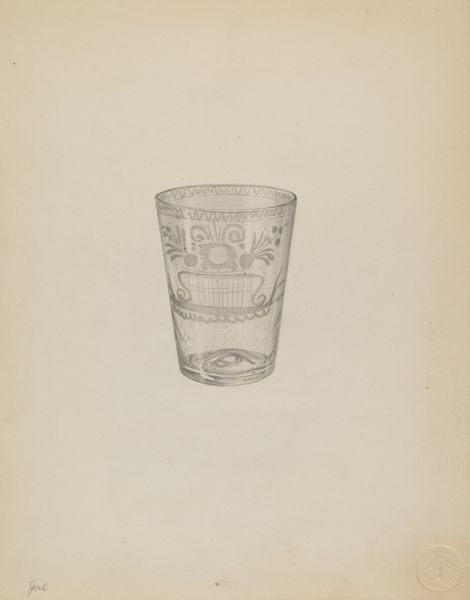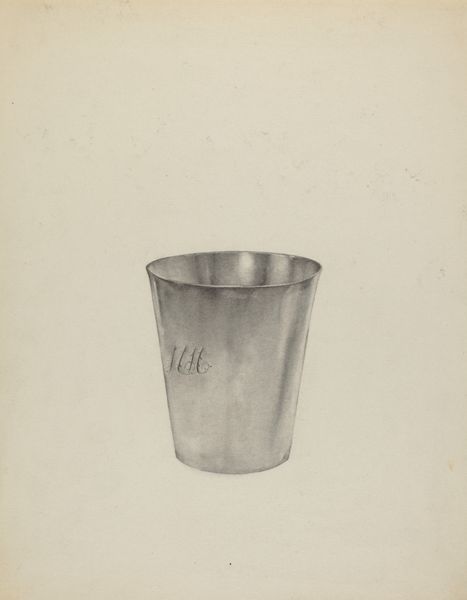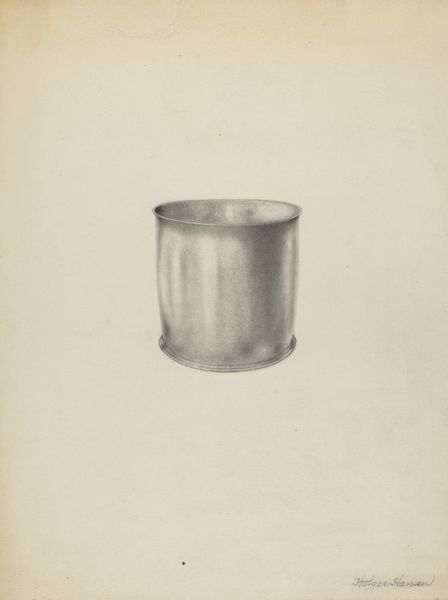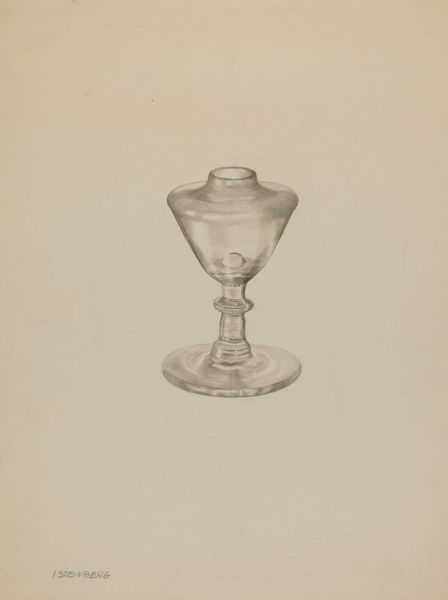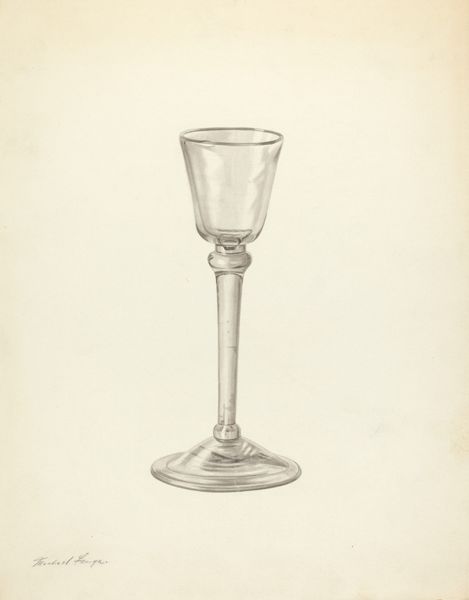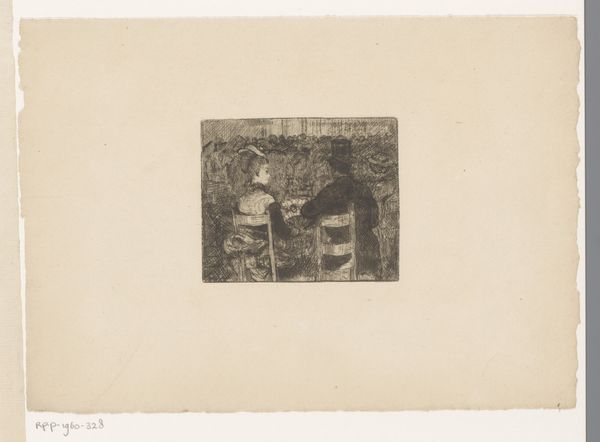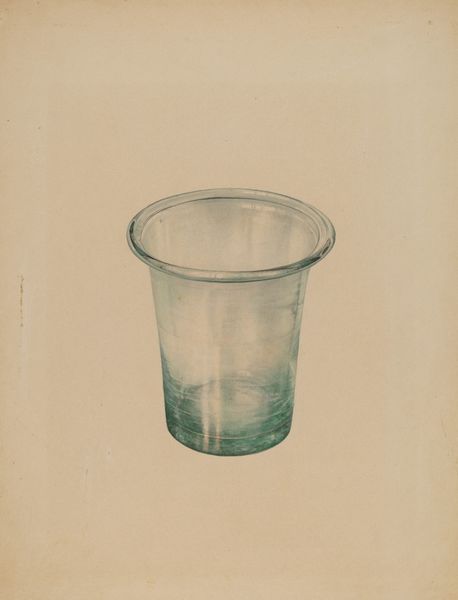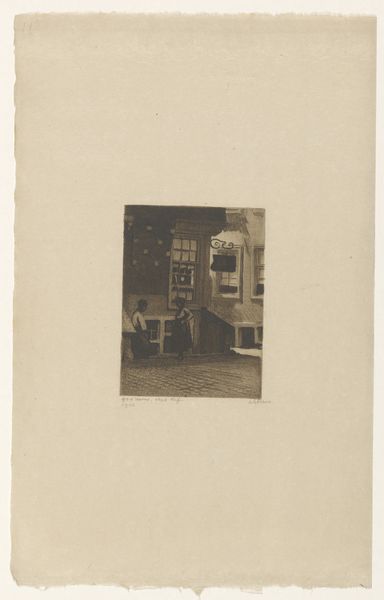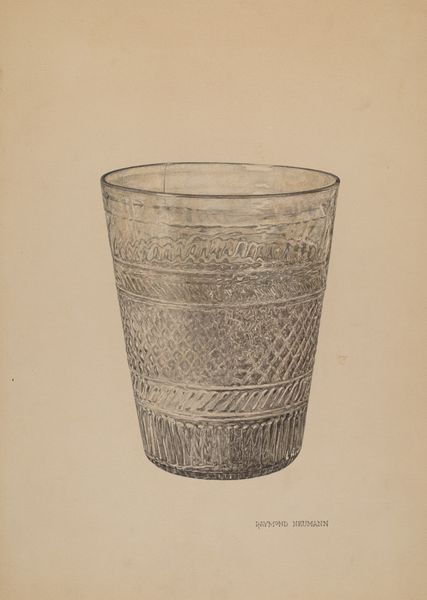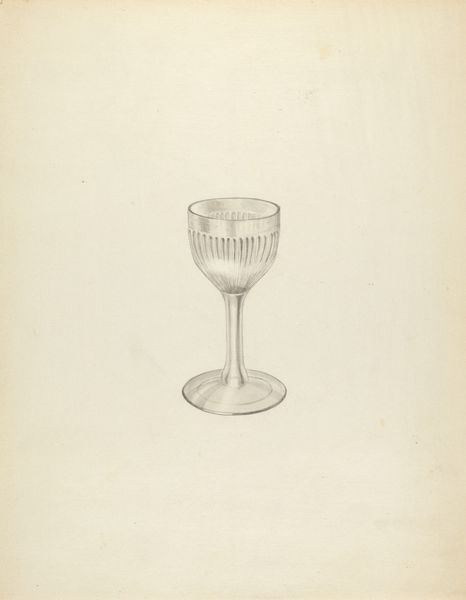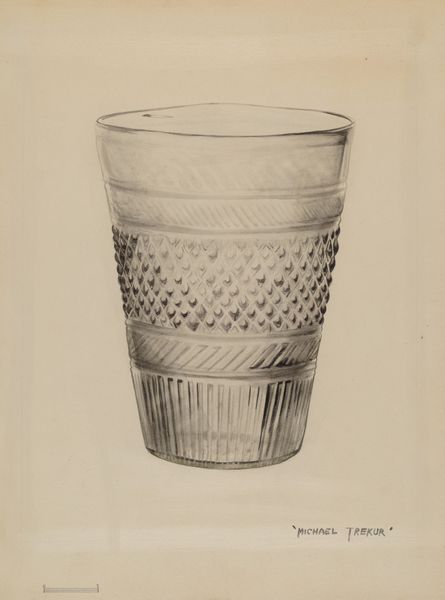
paper, photography, gelatin-silver-print
#
still-life-photography
#
16_19th-century
#
pictorialism
#
paper
#
photography
#
gelatin-silver-print
Copyright: Public Domain
Curator: Standing before us is Heinrich Kuhn’s “Still Life with Fruit Bowl, Bottle and Glasses,” circa 1900, a gelatin-silver print now housed in the Städel Museum. Editor: It feels very subdued, almost dreamlike. The muted tones and soft focus create a sense of stillness. It's melancholic, perhaps, despite being a still life—ordinarily so celebratory! Curator: Kuhn was a key figure in Pictorialism, a movement emphasizing artistic effect over straightforward representation in photography. It’s intriguing how they utilized photographic technologies. They really labored to produce something aesthetically expressive. Consider the process—from initial image capture to darkroom manipulation. Editor: I'm struck by how the image both conforms to and departs from the tradition of still life. It lacks the overt symbolism, say, of a 17th-century Dutch vanitas painting, but its selection of domestic objects quietly speaks to the domestic sphere, to the lives and values of its intended audience in that historical moment. Who had the time and resources for such artistic pursuit and its eventual viewership? Curator: Exactly. And look at the surface quality—the paper itself becomes integral to the artwork. It’s not merely a passive support but an active component in creating the overall visual experience. The choice of materials and printing methods all evidence a conscious effort to move photography towards the realm of fine art, challenging traditional notions of value and craft. Editor: This work brings questions to my mind on consumption and access in turn-of-the-century Vienna. The objects suggest a level of affluence, but their presentation is so muted. What is the photograph trying to say about those dynamics? And whose story is privileged in this aesthetic moment? Curator: Indeed, analyzing Pictorialism forces us to acknowledge how aesthetic movements are always interwoven with socio-economic contexts and shifts. Even this photograph isn't devoid of labor considerations. Editor: Looking at it now, I am reminded that behind every seemingly simple still life lies a web of complex social relations that connect art to broader historical currents. Curator: Examining art this way helps ground these masterpieces in something other than a supposed innate beauty. The materials, the processes, the circumstances all have a material reality.
Comments
No comments
Be the first to comment and join the conversation on the ultimate creative platform.
